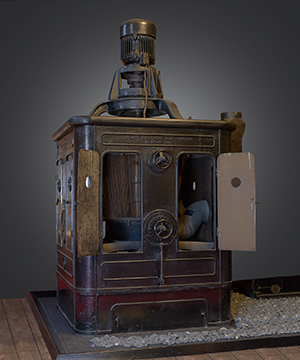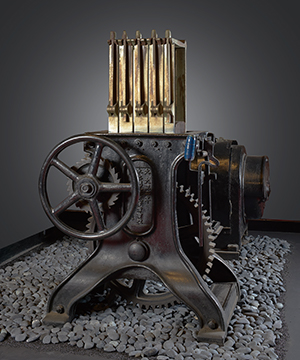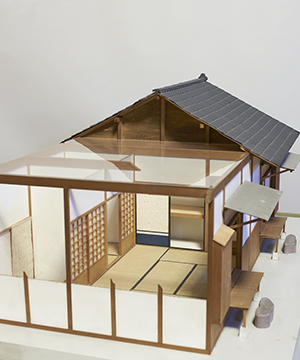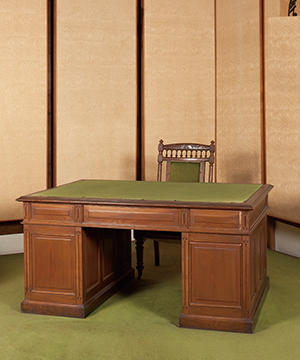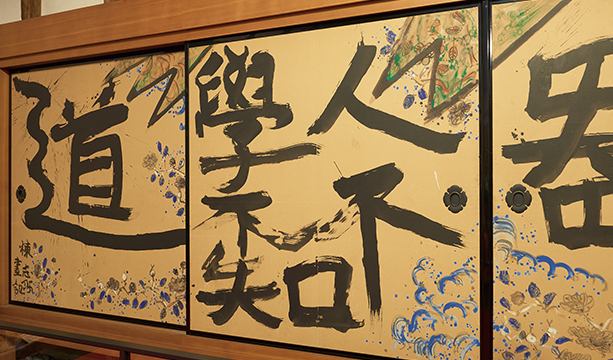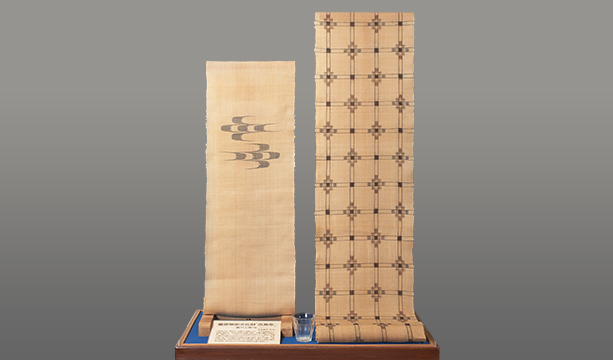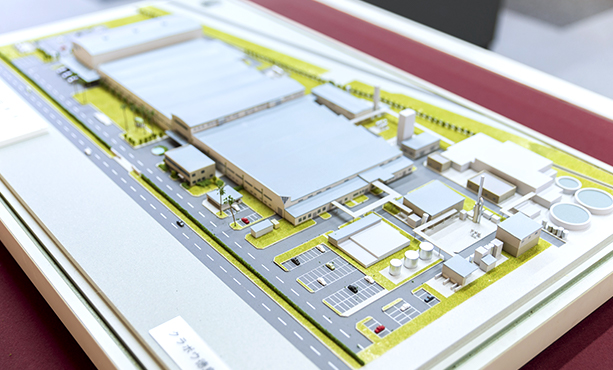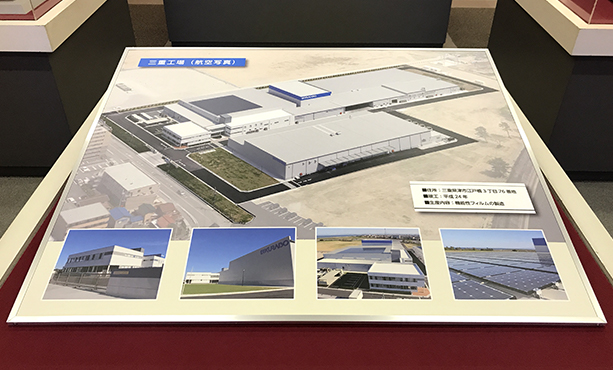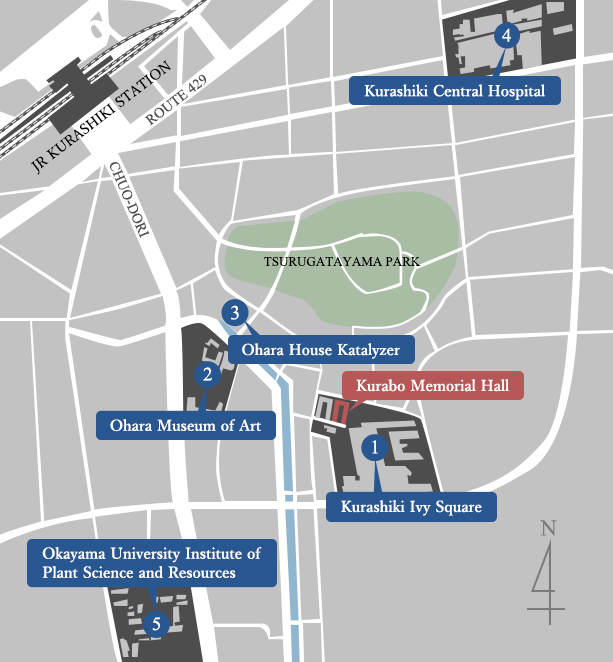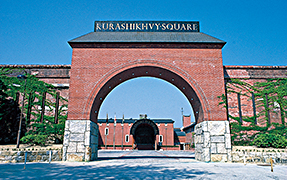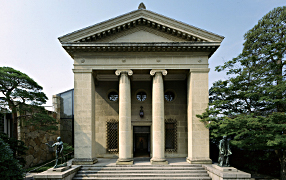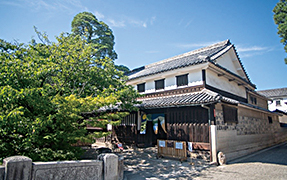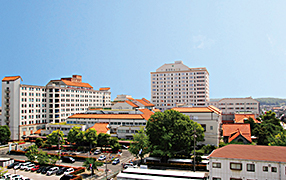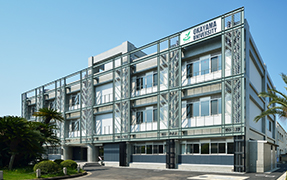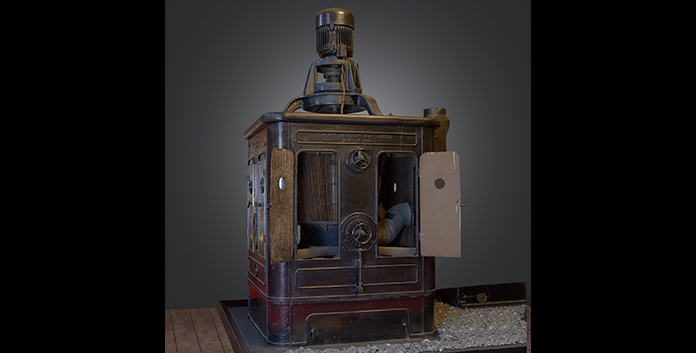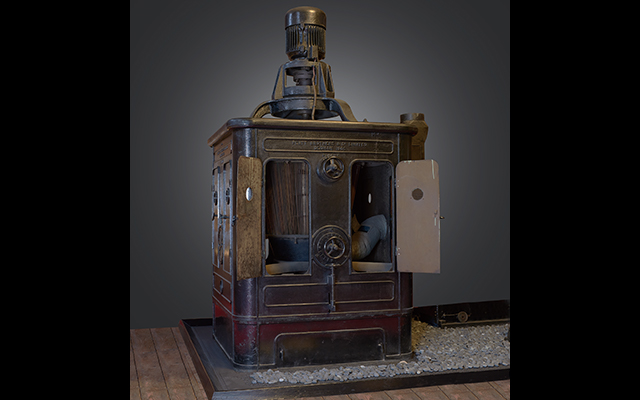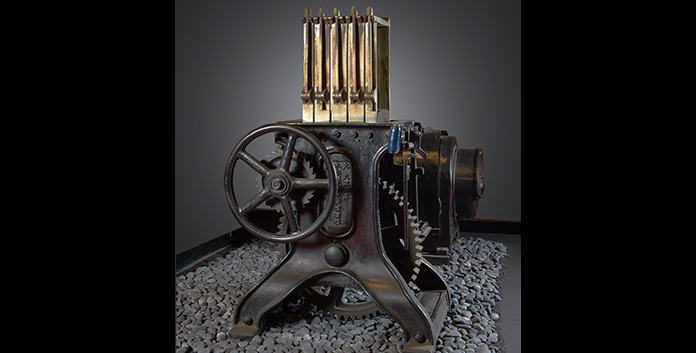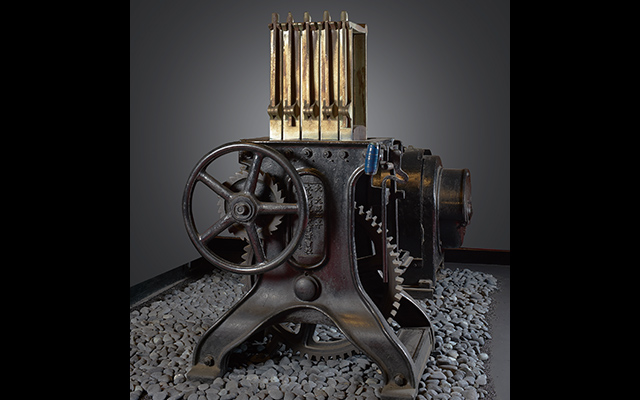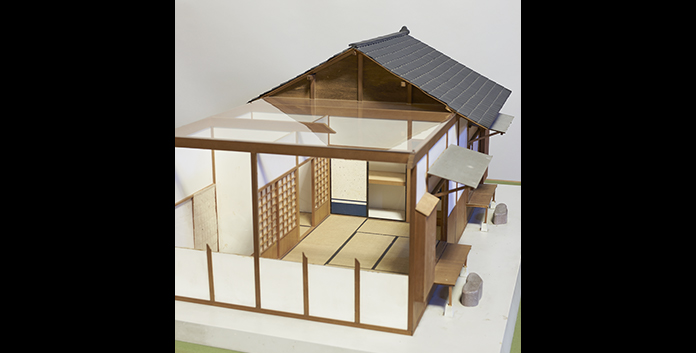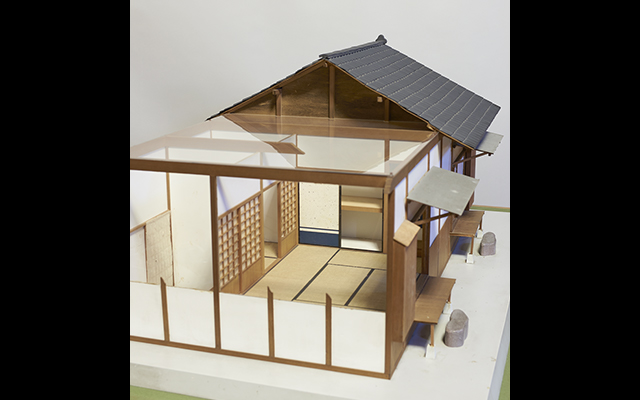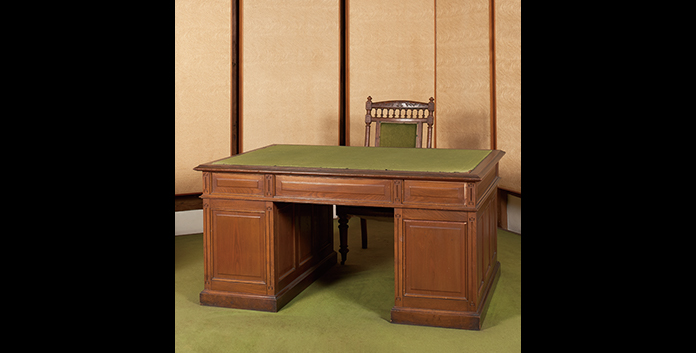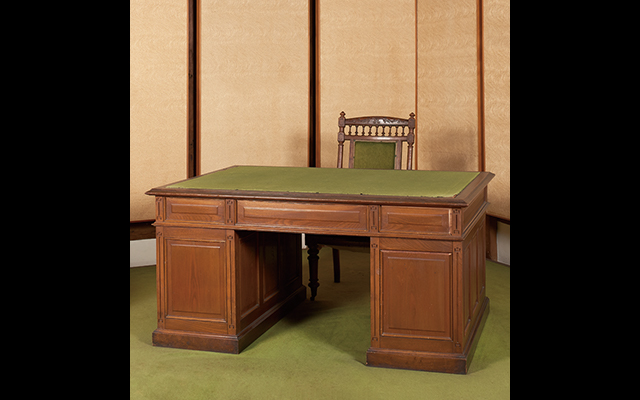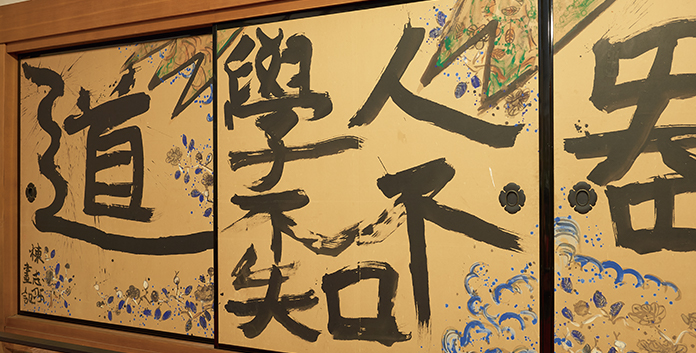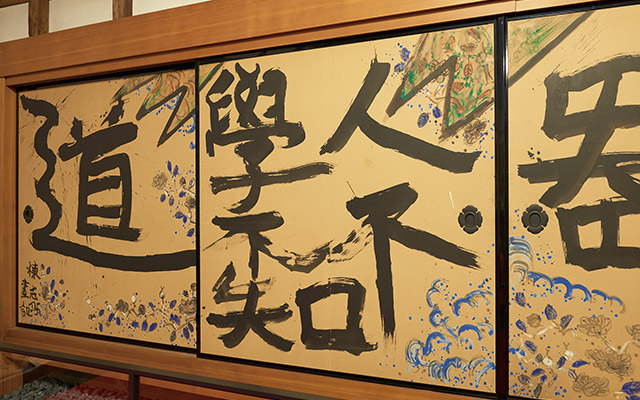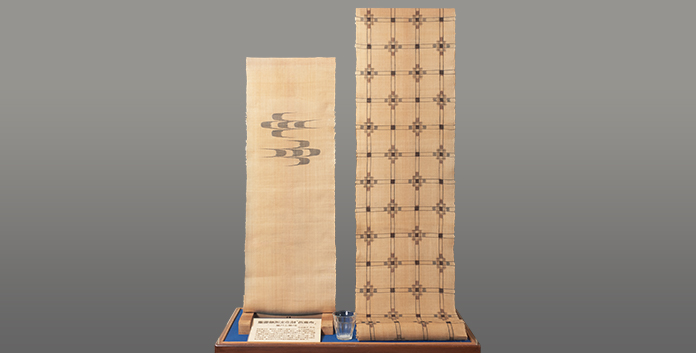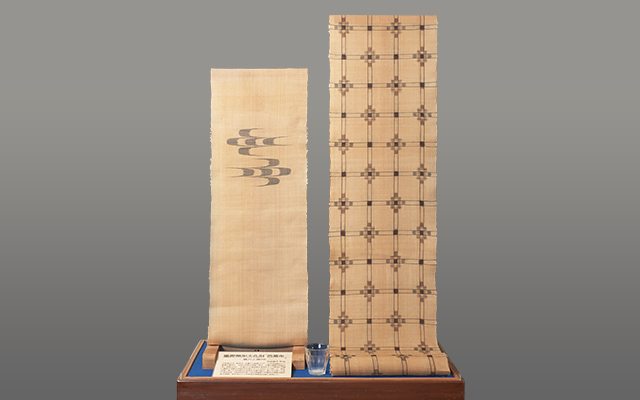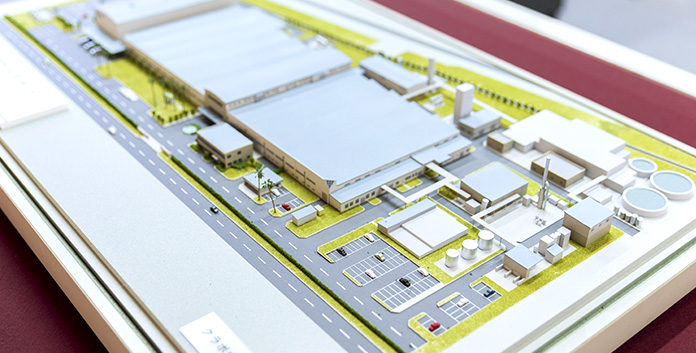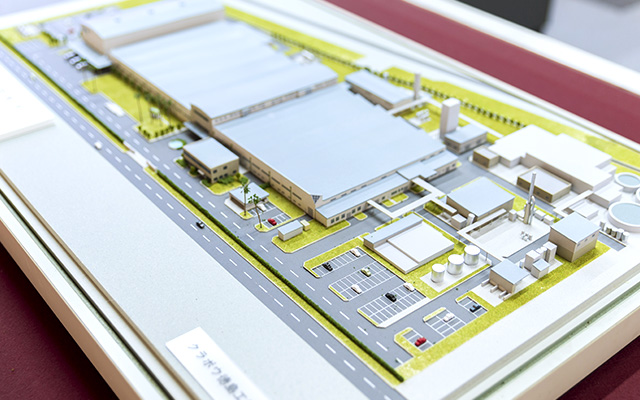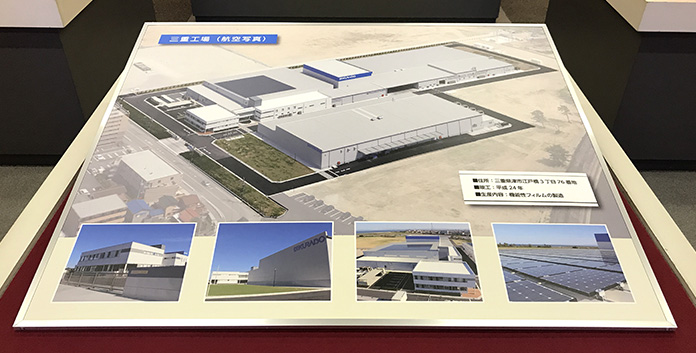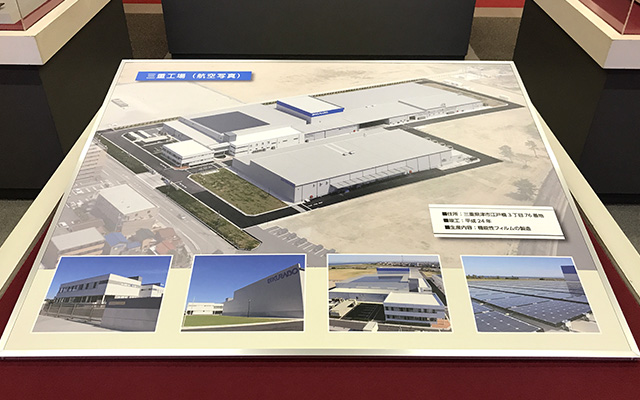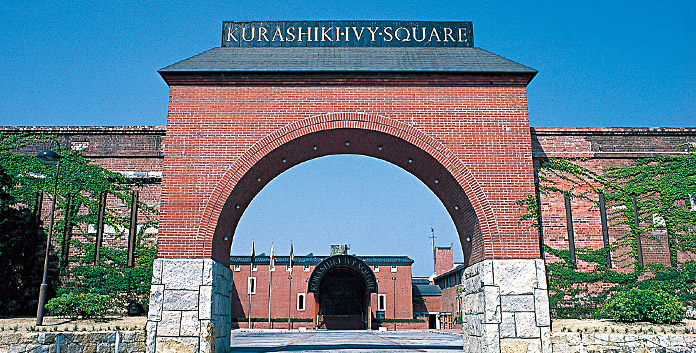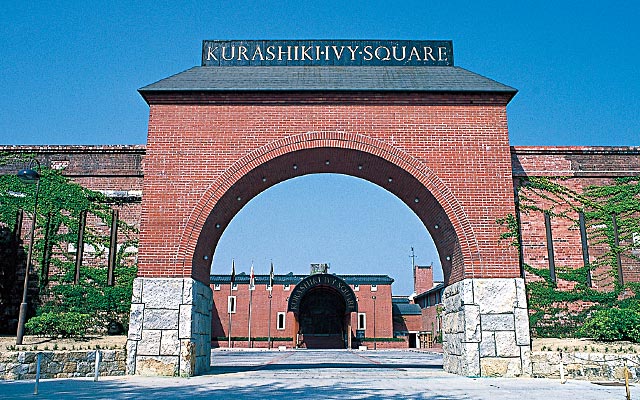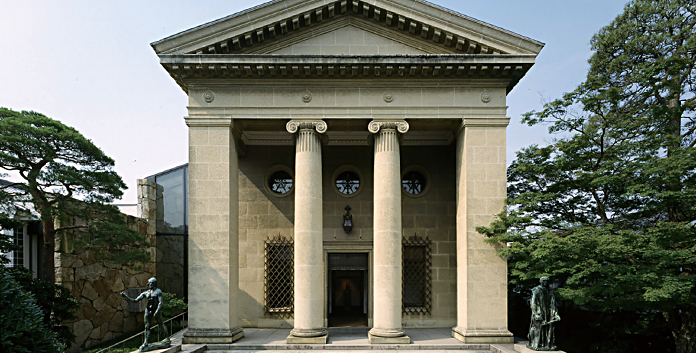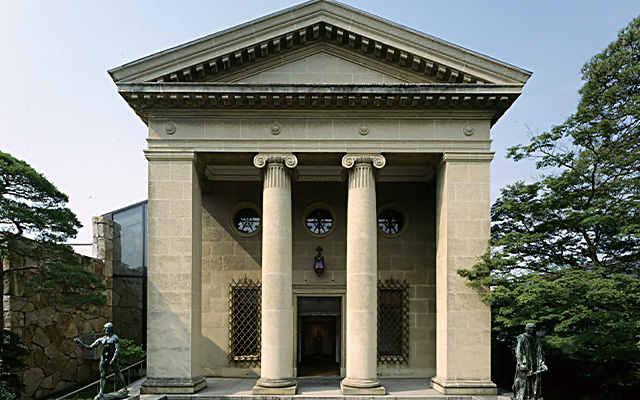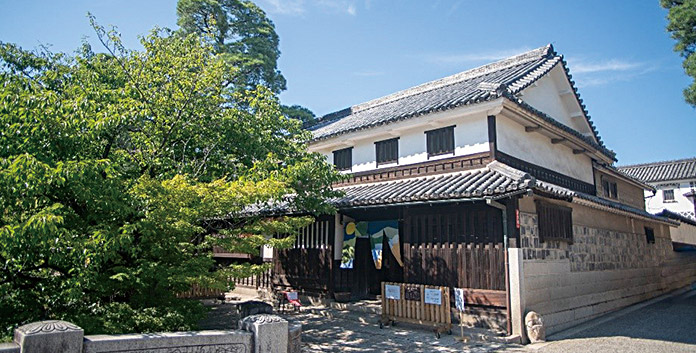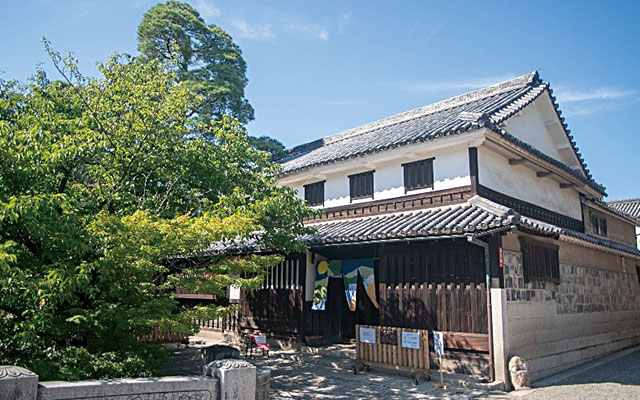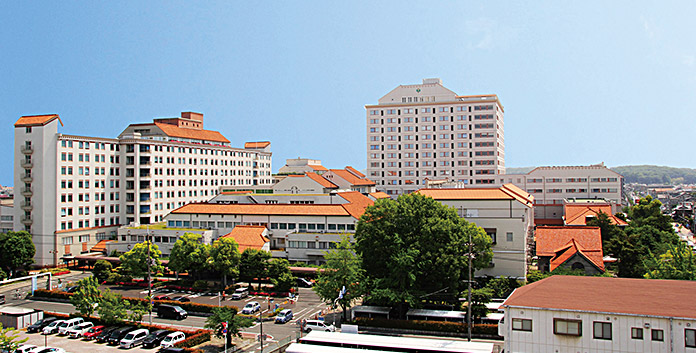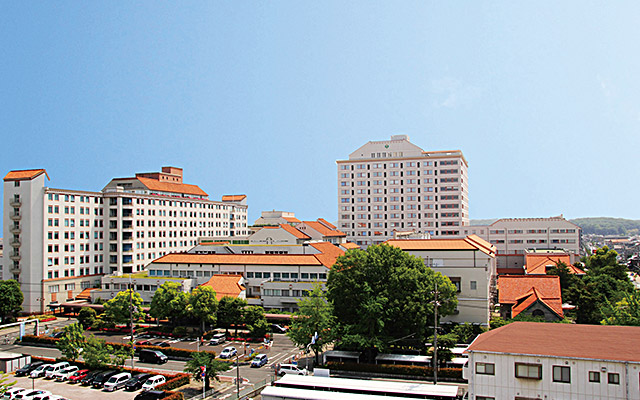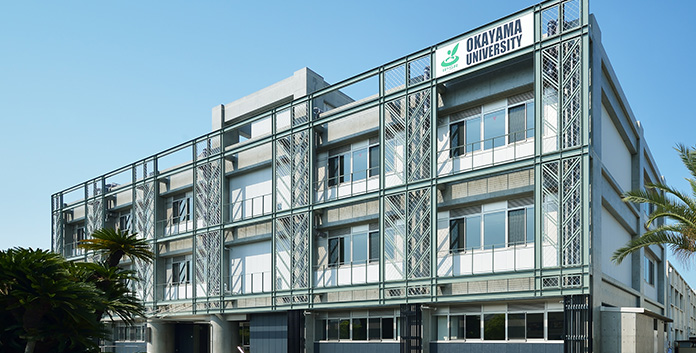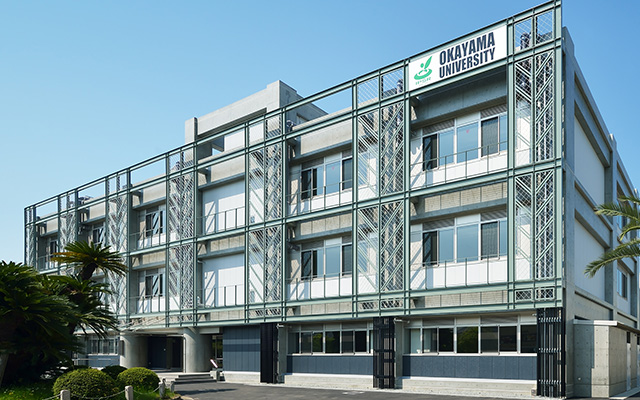
About the Kurabo Memorial Hall
Kurabo was founded in Kurashiki in 1888 and has grown and developed alongside the city for more than 130 years. Kurabo Memorial Hall is where this history comes alive. The building housing the Memorial Hall is the raw cotton warehouse used at the time of Kurabo’s founding, which makes it a historical resource in and of itself, preserving the face of the past to show to people today. Inside, visitors will find valuable documents, photographs, videos, models, and more, which tell the history of opportunities and challenges that have brought Kurabo to where it is today.
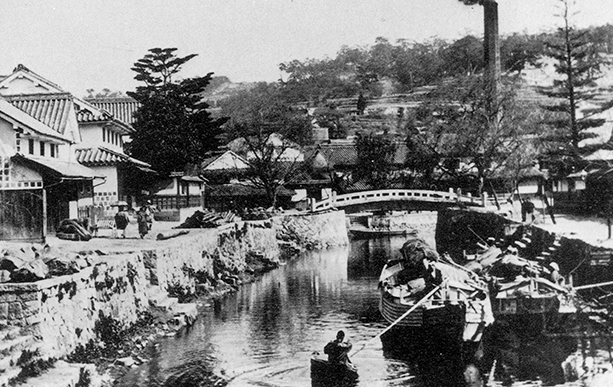
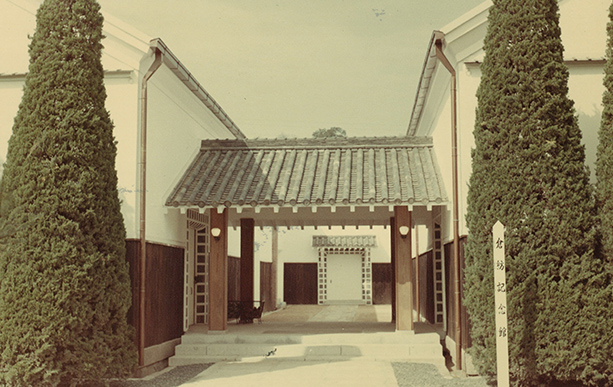
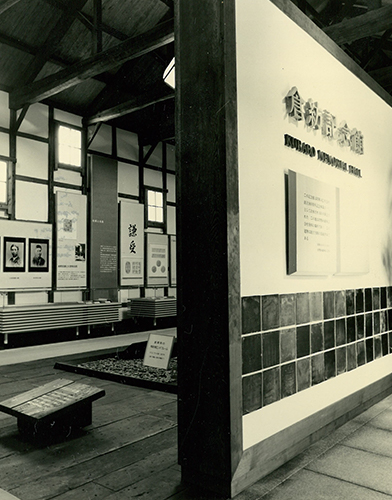
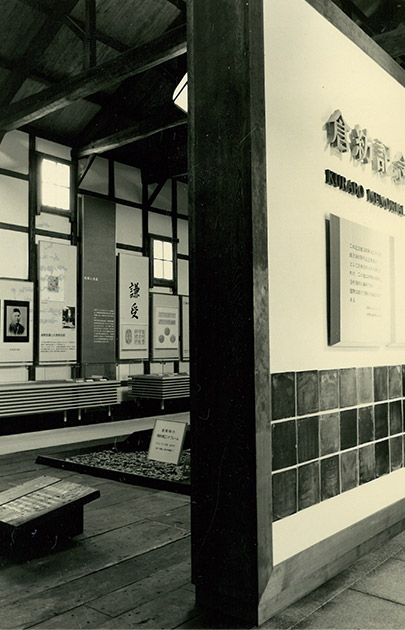
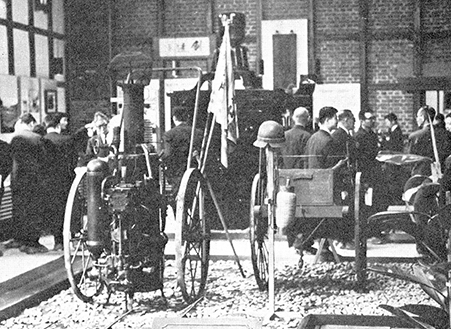
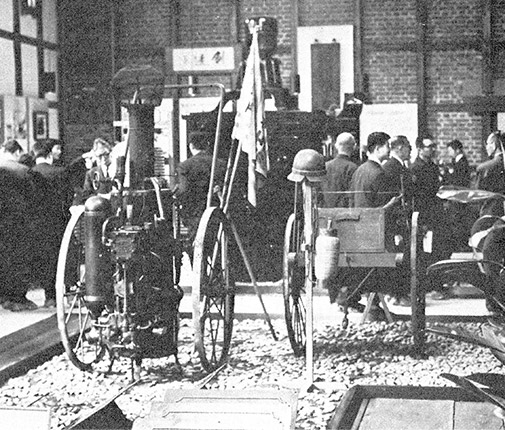
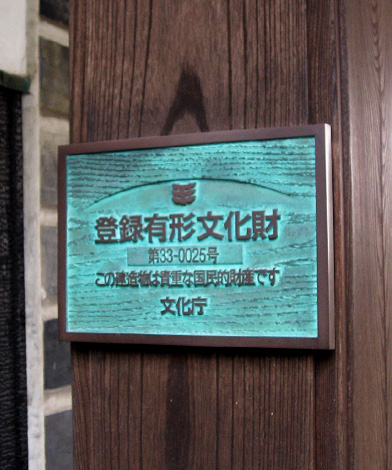
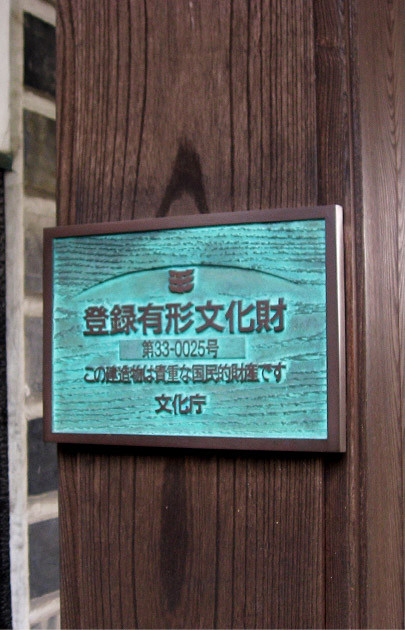
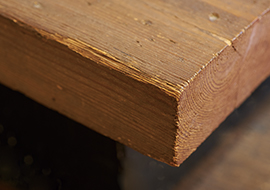
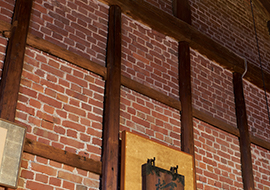
Raw cotton warehouse building structure
The raw cotton warehouse building structure has thick floorboards to withstand the heavy weight of raw cotton, as well as crosspieces to protect the raw cotton from coming into contact with the condensation on the walls.
Kurabo Memorial Hall has seen its historical value recognized by a number of government bodies and other organizations.

Registered Tangible Cultural Property
1998: Designated a valuable national cultural resource by the Agency for Cultural Affairs.

Heritage of Industrial Modernization
2007: Designated a heritage resource contributing to regional revitalization
by the Ministry of Economy, Trade, and Industry.

Japan Heritage
2017: Designated a cultural resource regarding textile industry development in Kurashiki,
which was named a Japan Heritage
by the Agency for Cultural Affairs.

Japanese Labor Heritage
2023:Some exhibits have been recognized by the Japan Labor Pen Club as examples of how labor heritage has been passed down through generations.
Meiji era (1888–1912)
Kurabo steadily replaced the spinning machines prevalent at the time of its founding with better machinery imported from the U.K. as part of a trend towards large-scale mechanization and streamlining.
Taisho era (1912–1926)
Kurabo’s second president, Magosaburo Ohara was an advocate of labor idealism who established housing for workers, a hospital, and other facilities. He also established an art museum and a research institute dedicated to the improvement of working conditions.
Showa era (1926–1945)
This was an era of great difficulties, with wartime damage reducing the number of operational factories by half. At the same time, however, Kurabo made a major push to promote arts and culture, and there was greater interaction and exchange with artists.
Showa–Reiwa era (1945 onward)
Kurabo continues to diversify into chemical products, electronics, and other business, while maintaining textiles as its central focus. It has also been quick to take its business overseas.
Around 500 valuable machines, documents, photographs, videos, models, and more are on display.
The Kurabo Memorial Hall comprises five exhibition rooms. Rooms No.
1 through No. 4 provide a chronological history of Kurabo and the textile industry. In Room No. 5, visitors can see a timeline of Kurabo since its founding and also access an archive of Kurabo’s in-house magazines over the past century.
- Opening hours
-
10:00 a.m.–4:00 p.m.
(enter by 3:45 p.m.)
- Closures
-
Open year-round (Closed during renovations and repairs)
- Admission
-
- • Individuals—General: 300 yen / Students: 250 yen
- • Groups—General: 250 yen / Students: 200 yen
• Pre-elementary school—Free
• Visitors who have booked accommodation at Kurashiki Ivy Square will receive free passes to the Memorial Hall.
• Admission is free to people who have been issued a disability certificate.
(Disability certificates must be presented.)• Groups must be at least 30 people.
- Address
-
7-1 Honmachi, Kurashiki, Okayama 710-0054, Japan
(on the Kurashiki Ivy Square premises)
- Access
-
By train
15 min. walk from JR Kurashiki Station
to Kurashiki Ivy SquareBy car
15 min. ride from the Kurashiki Interchange on the Sanyo Expressway
15 min. ride from the Hayashima Interchange on the Seto-Chuo Expressway
- Parking
-
Please use the Kurashiki Ivy Square parking area(paid parking).
Inquiries
Kurashiki Ivy Square (Kurashiki Memorial Hall management company) TEL:+81-86-422-0011
In the vicinity of the Kurabo Memorial Hall are many facilities that Magosaburo Ohara, Kurabo’s second president, founded to give back to the local community.
By all means pay them a visit.




